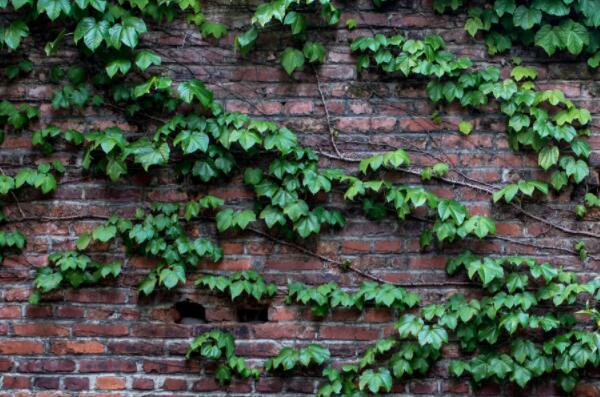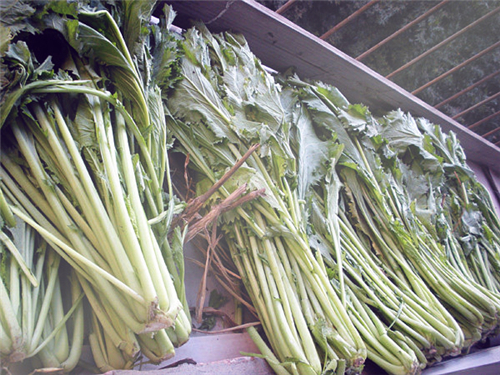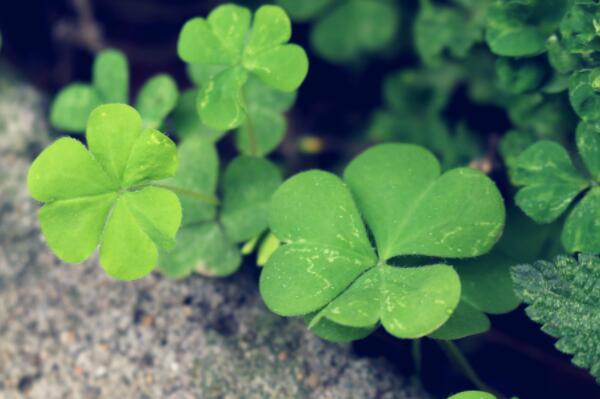How much is the price of perennial Parthenocissus paniculata seedlings? Why did you climb the wall? Is it harmful to the house? How
Parthenocissus is also known as creeper, brocade, flying centipede, fake grapevine, red silk grass, stone blood, iron letter, iron railing, summer flowering, small flowers, yellowish green, berries purple and black. How much is the seedling of Parthenocissus? Why did you climb the wall? Is it harmful to the house? How to plant it? According to Wang, manager of Zhejiang nursery base, the price of seedlings in 40~60CM, 60~90CM, 80~120CM and 120~160CM is 0.65 and 0.8 yuan, 0.8 yuan, 1.2 yuan and 1.6 yuan, respectively.

Why does the ivy climb the wall?
There are many short pink filaments on the stems of Parthenocissus, which botanists call tendrils. Each short tendrils can grow several suckers that secrete sticky substances. These suckers can stick to the surface of hard objects like the feet of geckos with suckers, fixing stems to rocks, trees or walls, even if the wind blows them away. The new tender stem can continue to grow higher, and the rattan stem can grow to more than 30 meters, which is like climbing slowly.
Is Parthenocissus harmful to the house?
Yes, there is.
1. Provoke mosquitoes
Mosquito bites in summer is a very annoying thing, I believe we all have this feeling. Planting a Parthenocissus house can not avoid this kind of harm, thinking about some mosquitoes is still a small matter, in case it is not good to attract venomous snakes that like a shady environment.
2. Destroy the metope
The stems, leaves and claws of Parthenocissus are very powerful, and in the process of constantly climbing, they naturally go deep into the cracks in the wall and hold them tightly in order to ensure that the plant will not be blown off, so over the years, it is bound to cause damage to the wall.
Benefits:
1. Shading and noise reduction
When Parthenocissus is planted, it can grow luxuriantly in a year or two, and the dense branches and leaves will cover the wall to form a natural sunshade effect. Parthenocissus is protected by the hot summer. Living in the house will not feel hot. In addition, the climbing of Parthenocissus can also play a role of isolation, which can not only reduce the harm of noise to the occupants, but also reduce the adhesion of dust and enhance the humidity in the air environment because of the natural purification of plants.
2. Aesthetic greening
The lush green leaves of Parthenocissus are also a great greening plant, spreading on the outer walls of the building, just like putting on a coat of magic. Green leaves in spring, flowers in summer, and a touch of yellowness in autumn.
How to plant Parthenocissus?
1. Cutting propagation of Parthenocissus Parthenocissus is easy to survive, soft branches and hard cinnamon cuttings can be carried out in spring, summer and autumn. Spring and summer cuttings can be planted in beds without shade sheds in arid areas, and the management is relatively extensive.
2. Striping propagation takes root faster and has a high survival rate, which is mostly carried out before the rainy season, that is, in autumn. It can be cut off from the mother and become a new plant, which can be planted by digging seedlings or false planting, and then planted in the following spring.
3. Sowing and breeding seeds mature in October, remove the pulp after harvest, then sow or wash and dry the seeds for storage. In the next spring, soak the seeds in clean water for 2 days before sowing, store them in sand, place them in the leeward or indoors 5-7 days close to the sowing date, moisturize and germinate, and sow some of the seeds when they crack. Bed sowing and ridge sowing are available. After fine management, the annual seedling length can reach 1 to 2 meters.
4. Buried branches or roots were propagated to take the branches or side reports of the mother plant, 0.5 cm in diameter, ditched and laid flat, covered with 2-3 cm, slightly stepped on the feast, irrigation to preserve soil moisture, so that it grew into a new plant. The connection of each plant is cut off in the next spring to form a separate individual, which can be carried out in spring, summer and autumn.
Time: 2019-04-09 Click:
- Prev

What is the annual herb snow vegetable (Xuelihong)? When will it be ready? How do you plant it?
Snow vegetable is a common vegetable in China in April. A dish fried with meat is a traditional famous dish of the Han nationality, so many people grow it. What is it? When will it be ready? How do you plant it? Snow vegetables, also known as potherb, mustard, cooking, vegetables, etc., Brassica
- Next

How much is the seed price of "lucky clover" clover? When will the seeds be sown? How do you plant it? The fancy language is
Clover is a general term for a variety of herbs with three finger-shaped compound leaves, which mainly includes three types: clover of Leguminosae (considered to be the most authentic clover) and some species of sorrel of Alfalfa and Oxalis. How much is the price of clover seeds per jin? When will the seeds be sown? How to plant
Related
- Fuxing push coffee new agricultural production and marketing class: lack of small-scale processing plants
- Jujube rice field leisure farm deep ploughing Yilan for five years to create a space for organic food and play
- Nongyu Farm-A trial of organic papaya for brave women with advanced technology
- Four points for attention in the prevention and control of diseases and insect pests of edible fungi
- How to add nutrient solution to Edible Fungi
- Is there any good way to control edible fungus mites?
- Open Inoculation Technology of Edible Fungi
- Is there any clever way to use fertilizer for edible fungus in winter?
- What agents are used to kill the pathogens of edible fungi in the mushroom shed?
- Rapid drying of Edible Fungi

